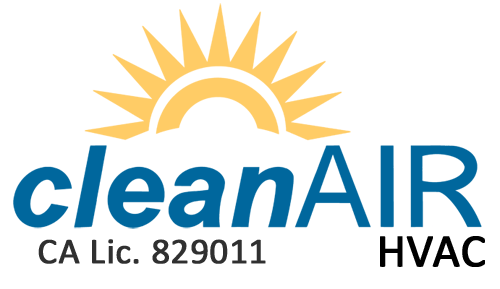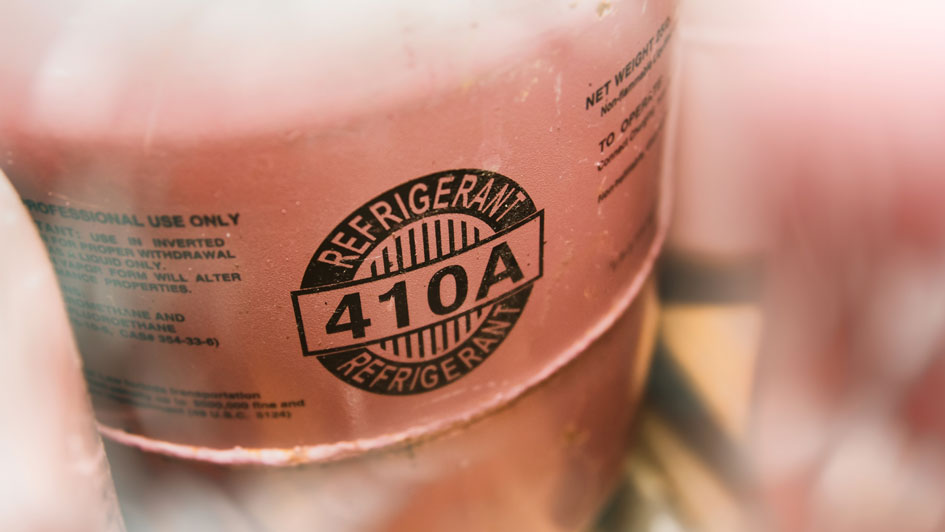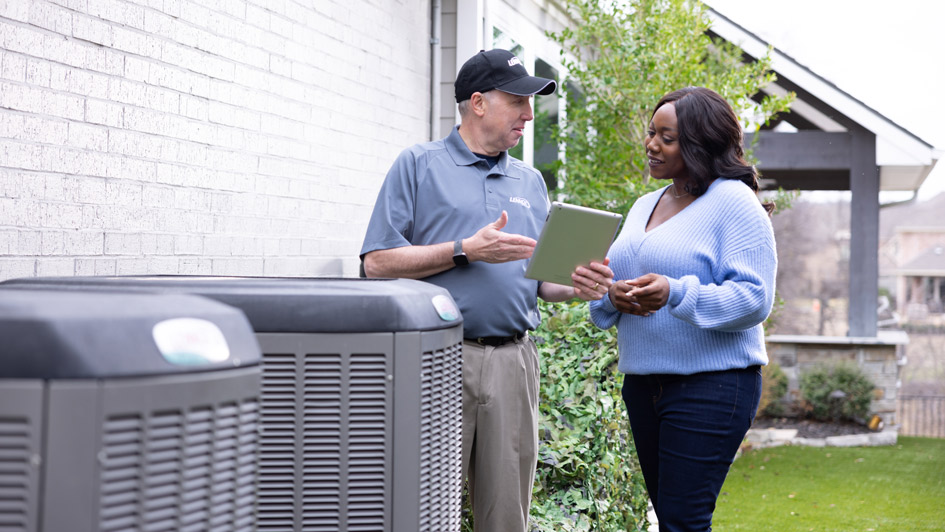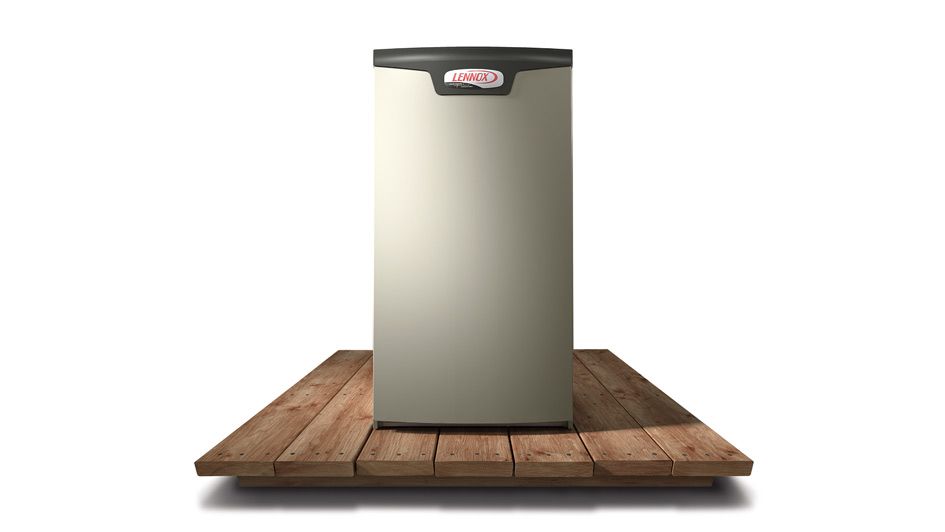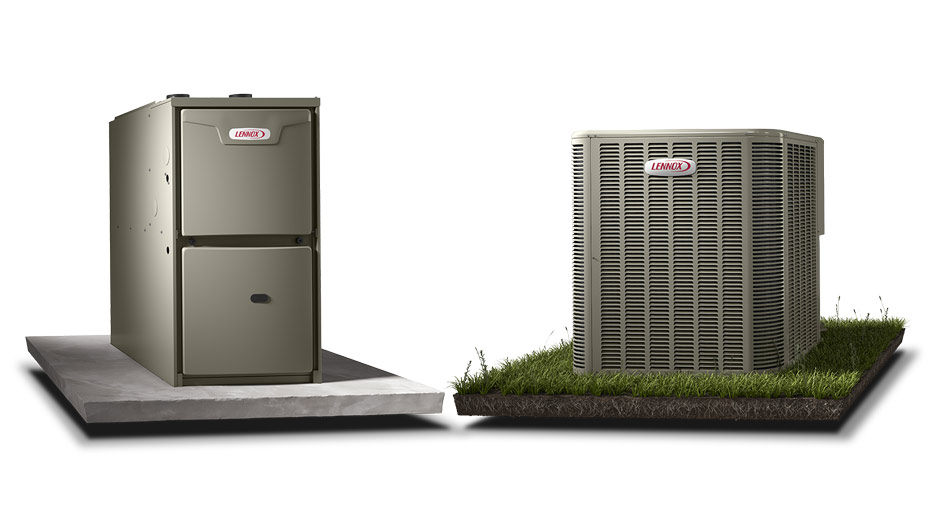Blog
Clean Air HVAC
428 N. Buchanan Circle #1
Pacheco, CA 94553
Phone: 925-233-6238
Email: [email protected]
License # 829011
About Clean Air HVAC
At Clean Air HVAC, making your home cozy is our biggest priority. That’s why we offer lasting HVAC solutions and excellent work in Pacheco. Our pros are educated in a wide selection of services, so you can have confidence in your results. They’ll offer the assistance you are seeking, whether it’s putting in an up-to-date HVAC system or repairing and maintaining your current unit. We’re available to provide support for all of your needs, so call us at 925-233-6238 or contact us online to get an appointment right away.
© 2025 Clean Air HVAC | All rights reserved
